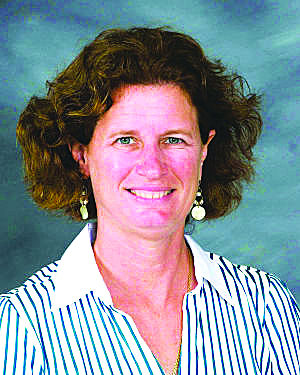Summer was just around the corner. In a matter of days, Janie’s son would be at home 24 hours a day for the next two months. She had already been getting ready for the weeks ahead as she remembered the way it was the summer before. Janie didn’t want to repeat that experience.
Last summer, Javier had been a real challenge. Janie had not really thought about what the month of June would be like with her son. He had done so well throughout the school year. The boy had ASD (Autism Spectrum Disorder). Javier had become used to a tight routine with lots of pictures. The boy knew clocks and understood what would come next in the classroom. He liked predictability.
After a while, Javier’s mom, began running out of ideas to keep her son busy during the summer. She had purchased a simple visual daily schedule to keep a routine in the house. The teacher had suggested Janie buy a “My Responsibility Chart” online at Amazon. Janie didn’t want to create her own. She liked the idea of having something ready to go.
As the summer wore on, Javier’s behavior was becoming more challenging. He was bored. The boy needed more sensory stimulation and structure than was occurring at home. Javier had loved swimming in the Margaret Clark Aquatic Center.
So Janie decided to purchase a small above ground pool. A picture icon of pool time appeared on Javier’s daily schedule. Plus she checked at the local park’s department and discovered some great swimming opportunities along with other fun activities to do there too.
The teacher reminded Janie that the Gladys Porter zoo had an annual family pass for $80.00. Javier loved the zoo. The zoo had lots of opportunities to increase his vocabulary. Plus, the visuals at the Gladys Porter Zoo gave the boy practice to spell and to count. It also had a children’s play and water area which would help Javier with some of his sensory issues too. Plus the zoo has summer programs for kids.
The teacher knew that several child friendly movies were ongoing throughout the summer. The organization called VAST, Valley Autism Support Team, [email protected], always schedules sensory friendly films throughout the year, including during the hot summer months. Javier was afraid of the dark and loud noises. The sensory friendly movies were perfect for most anyone, especially people who had problems with sensory issues such as bright lights, darkness and loud sounds. The nice thing about sensory friendly films is that people understood when children became a bit noisy or needed to get up a lot. Look for movies such as The Legend of Tarzan, The Secret Life of Pets and Pete’s Dragon this summer.
The teacher also had suggested to his parents to think about bowling. Consider going during the early morning hours because very few people go out then. The neon lighting can dimmed and the bowling center has lowered the music down for special needs children in the past. Just ask. Plus, the bowling center places gutter guards until the children master rolling the ball. Bowling provides a wonderful visual example of addition and subtraction for the children to see too.
For those home schedules, parents can count on Google Images for home schedules. They have lots of zoo, swimming and bowling pictures. This way, a child will know what to expect during the day. Schedules help parents avoid meltdowns with their children when they don’t know what to expect. Good planning and preparation can make all the difference in whether a family outing will be enjoyable or a failure. Don’t be afraid to call ahead to see if the facility can help you with your specific needs.
Avoid peak times when you go out. Always remember to let a child know how long an activity will last. That especially includes those items that the child enjoys You can bring a miniature activity schedule of First/Then chart along with behavior icons of happy and sad, icons for the activities. The mini schedule can even have icons for rewards such as going to a favorite restaurant after the activity is done. Don’t forget to bring your timer to let a child know how long they will be doing an activity.
Pamela Gross Downing, a special education teacher, can be contacted at [email protected].




